I was stability testing a simple op amp circuit by applying a square wave to the input and looking for ringing etc. on the transitions.
I figured, hey, I'll give it a big whack, say from 0 to 5V, that should be plenty worst-case enough.
Well, that looked pretty stable and I thought I lucked out, didn't need any compensation, and everything was going to work fine.
A little later, I had occasion to exercise the same setup, but with a much smaller square wave, about 200mV P-P. To my surprise, the output rang quite a bit, indicating maybe 30 degrees phase margin or so.
As I wrote this, taking a closer look at the images, I realized the 5V step actually does show a similar ringing (4 bumps), it's just really small compared to the 5V unless you zoom in. I don't have a scope shot for that, I don't think I noticed it on the bench at all. However, even though the ringing is there, it's only 5mV overshoot on the 5V step and 50mV overshoot on the 200mV step.
It seems counter-intuitive to me. How come a smaller input signal makes the instability more pronounced?



